 Abraham Lincoln
If given the truth, the people can be depended upon to meet any national crisis...
Abraham Lincoln
If given the truth, the people can be depended upon to meet any national crisis...
 Guildford news...
for Guildford people, brought to you by Guildford reporters - Guildford's own news service
Guildford news...
for Guildford people, brought to you by Guildford reporters - Guildford's own news service
Birdwatcher’s Diary No.169
Published on: 4 Sep, 2018
Updated on: 4 Sep, 2018
By Malcolm Fincham
The tell tale signs that the tides of summer were on the turn were becoming increasingly evident as we entered the second half of August.
The heatwave of the past few months had dissipated, as much cooler, Atlantic air moved in across the British Isles. As usual, most of the rain fell across the northern and western parts of the country. Allowing, for the most part, to continue my ventures around the Surrey countryside without the need of waterproofs.
 Robins had begun to find their voices once again, having gone through their summer moult.
Robins had begun to find their voices once again, having gone through their summer moult.
With evenings drawing in, I took a walk across Whitmoor Common, just to the north of Guildford, it was looking quite splendid with its heather in bloom.
A few Dartford warblers flitted around, feeding in the purple flowers.
There were no signs, nor sounds, of nightjars present. However, as night began to fall and standing by a bushy pine tree along one of the footpaths I was “spooked” by a barn owl as it flew out of it about 10 feet above my head. Spooked by each other’s presence, regrettably, I was only able to get a few record shots of it as it flew away.
On August 19, I was most grateful when a report came through from Ed Stubbs. His local “patch“ covers a large region, around the Thorncombe Street area of Bramley, to the south of Guildford. He had found a black redstart at Bonhurst Farm. It was a first record there since the 1950s, which came from the very same farm.
Our first attempt to see it proved to be a fruitless one. Though we did feel we had picked up on it on the roof of one of the buildings, without a scope the distance was too far to be sure. At the paddock there was actively by equestrians, possibly keeping the bird elusive?
The best Dougal and I could achieve were seeing three common buzzards. One looking to be a very vocal juvenile.
A group of 20 or more hirundines, mostly house martins, while at least three or four sand martins, (apparently not a regular sighting in that area) could also be picked out among them.
A group of goldfinches feeding young on the wires, overhead.
To our surprise, a Lancaster bomber flew low overhead, I felt it was worth of a photo.
Along with two spitfires that flew either side of it.
I resited the temptation of saying “maybe the kestrel had a merlin engine too?”, as it took flight from some wires nearby.
Not wishing to be defeated, we retuned the following morning. Although still elusive, eventually, the black redstart showed well enough on several occasions and just long enough to get a few photos.
Autumn was now in full flow in regards to our avian species. On August 22, I visited Farlington Marshes, on what turned out to be a slightly premature one, to wave goodbye to some of the passerines passing south.
As always, it was pleasant to stroll along the seawall by Langstone Harbour, despite the tide being further out than I had hoped.
Most of my sightings that day were on the inland pools. My most notable observations were the usual build-up of starlings at this time of year.
In smaller flocks were linnets.
While small groups of goldfinches fed on the thistle seeds.
In the area known their as “the deeps” two dunlins could be seen, wading in the shallow water.
Looking out across the harbour I watched as a group of curlews flew past across the mudflats.
Several oystercatchers also flew by.
And a “skewer” of little egrets could be seen, grouped together.
Some distance from the seawall at Farlington lies the little uninhabited island of North Binnes.
In one of the small groups of trees that grow there perched an osprey. With my camera on full zoom, I could just about capture a recognisable record shot.
On one of the inland bushes a family of newly fledged swallows gathered. Their parents effortlessly glided around the seawall, passing close by me, collecting flying insects.
Once they had collected a decent mouthful, they would return to their fledglings, that waited patiently with mouths wide open, hoping it might be their turn to be fed.
While taking a few photos of them, a garden warbler attempted to “make a break for it”, rapid in flight from the bush that concealed it. Though was too fast to escape the lens of my camera.
Arriving at the information hut, a couple of common snipes probed the edge of the pool there.
Joined by a group of black-tailed godwits, now starting to lose their summer plumage.
A green sandpiper took to the air, flying out of sight across the reedbeds.
A late-afternoon walk around the Riverside Nature Reserve near Burpham on August 23 added two spotted flycatchers to my diary of record-shot photos of birds, now on their return south. While a resident kestrel continued to hunt over the field to the southern side of the lake.
At Frensham Great Pond on August 24, I spent a while “chilling-out”, watching sand martins feeding on insects over the water.
A few house martins joined them in the banquet.
Awakening from what was becoming a hypnotic state of mind, I was alerted by movement in the body of water close by. A grass snake swam between two reed beds, almost too close and fast moving to photograph.
With the butterfly season coming to a close, and having seen 40 of a possible 41 species in Surrey, I was still well aware that, although I had seen as well as photographed 39 of them, I had not achieved a record shot of a brown hairstreak butterfly.
An afternoon walk with my daughter’s dog across Pewley Down brought some luck my way on August 25. This was despite being dragged most of the way by over four stone of boisterous, canine muscle, at the same time attempting to check the blackthorn that lines the top of the downs. But surprisingly, I spotted one.
An elusive species for the most part, a brown hairstreak butterfly had settled and was low enough in the bushes to get a few photos.
Over the bank holiday on August 27, I accepted an enthusiastic offer from my friend Dougal to visit Staines Reservoir.
For some reason the south basin was showing the best of the activity. The only conclusion was flying insects had broken out in greater number on that side of the reservoir.
Four black terns, although quite distant, seemed to be finding plenty to feast on as they skimmed back and forth over the water.
Although a raft of a couple of dozen or more great crested grebes were too distant to photograph, one of the four black necked grebes there was far more accommodating.
Looking into its bright red eyes as it faced me, was reminiscent of a “horror-movie” sketch.
A group of 50 or more sand martins flew up and down the causeway where we stood. The occasional house martin also seen among them.
Four swifts passed through overhead, not stopping. No doubt hoping to catchup with their already departed friends.
Back in Guildford, as the month drew to a close, a late summer brood of green-veined white butterflies had broken out on the wing by the bank of the towpath of the River Wey, just a little way downstream from Bower’s Lock.
A ring-necked parakeet perched high-up in a branch of a dead tree.
And a kingfisher flashed by, low along the river.
On August 29 I received news via twitter that two whinchats were visiting Clandon Wood burial ground, while on their return to Africa.
In my experience, whinchats have always been quite an easy one to locate. Often found perched on top of a gate or fence post, or bush often of gorse. The latter once known as whin, from which whinchats get their name.
Finding them there wasn’t so easy. Fortunately, Matt, Clandon Wood’s resident ecologist and ornithologist, was on hand to point me in the right direction.
After much effort, I finally managed to pick them out some distance away in the area to the eastern side of the burial grounds. Often viewed perched on one of a sea of seed heads that blanketed the field.
As on my previous visits, a resident kestrel posed well from time to time for a few pictures.
As the month drew to a close, I took advantage of another dry day by revisiting Pewley Down – this time without the dog. Although, mostly overcast, there was still plenty of warmth in the intervals when the sun shone through. It was warm enough to discover three more female brown hairstreaks, down from one of the tall ash trees near by, to lay their eggs in the blackthorn.
Later that same day, I visited Riverside Nature Reserve. Along the towpath I spied a great spotted woodpecker, creeping up a tree on the other side of the canal.
At Stoke Lock, two common buzzards rose up into some clearing blue sky, circling together, just overhead.
A few late summer butterflies were also encouraged to come out on the wing by the spells of warm sunshine.
A few holly blues could still be seen.
A late resurgence of small heath butterflies could be viewed.
While both large and small whites continued to show.
By Stoke Lake two cormorants perched by the island.
My best sighting by far, and of much amazement before my eyes, was another brown hairsteak, sitting on some blackthorn, just to the south of the lake.
Another to add to my day list! And more importantly, the first I’d had the privilege to see on my own “local patch” at Stoke. A perfect way to end the month.
Recent Articles
- Guildford Institute’s Crowdfunding Project for Accessible Toilet in its New Community and Wellbeing Centre
- Letter: Guildford – Another Opportunity Missed?
- Letter: GBC’s Corporate Strategy – Where Is the Ambition?
- My Memories of John Mayall at a Ground-breaking Gig in Guildford Nearly Six Decades Ago
- Westborough HMO Plans ‘Losing the Heart of the Street’ Says Resident
- College Invests to Boost Surrey’s Economy and Close Digital Skills Gap
- Community Lottery Brings Big Wins for Local Charities
- GBC Housing Plan Promises ‘A Vibrant Urban Neighbourhood’ Near Town Centre
- Hospital Pillows ‘Shortage’ at the Royal Surrey
- Updated: Caravans Set Up Camp at Ash Manor School


Search in Site
Media Gallery
Dragon Interview: Local Artist Leaves Her Mark At One of England’s Most Historic Buildings
January 21, 2023 / No Comment / Read MoreDragon Interview: Lib Dem Planning Chair: ‘Current Policy Doesn’t Work for Local People’
January 19, 2023 / No Comment / Read MoreA3 Tunnel in Guildford ‘Necessary’ for New Homes, Says Guildford’s MP
January 10, 2023 / No Comment / Read More‘Madness’ for London Road Scheme to Go Ahead Against ‘Huge Opposition’, Says SCC Leader
January 6, 2023 / No Comment / Read MoreCouncillor’s Son Starts Campaign for More Consultation on North Street Plan
December 30, 2022 / No Comment / Read MoreCounty Council Climbs Down Over London Road Works – Further ‘Engagement’ Period Announced
December 14, 2022 / No Comment / Read MoreDragon Interview: GBC Reaction to the Government’s Expected Decision to Relax Housing Targets
December 7, 2022 / No Comment / Read MoreHow Can Our Town Centre Businesses Recover? Watch the Shop Front Debate
May 18, 2020 / No Comment / Read More






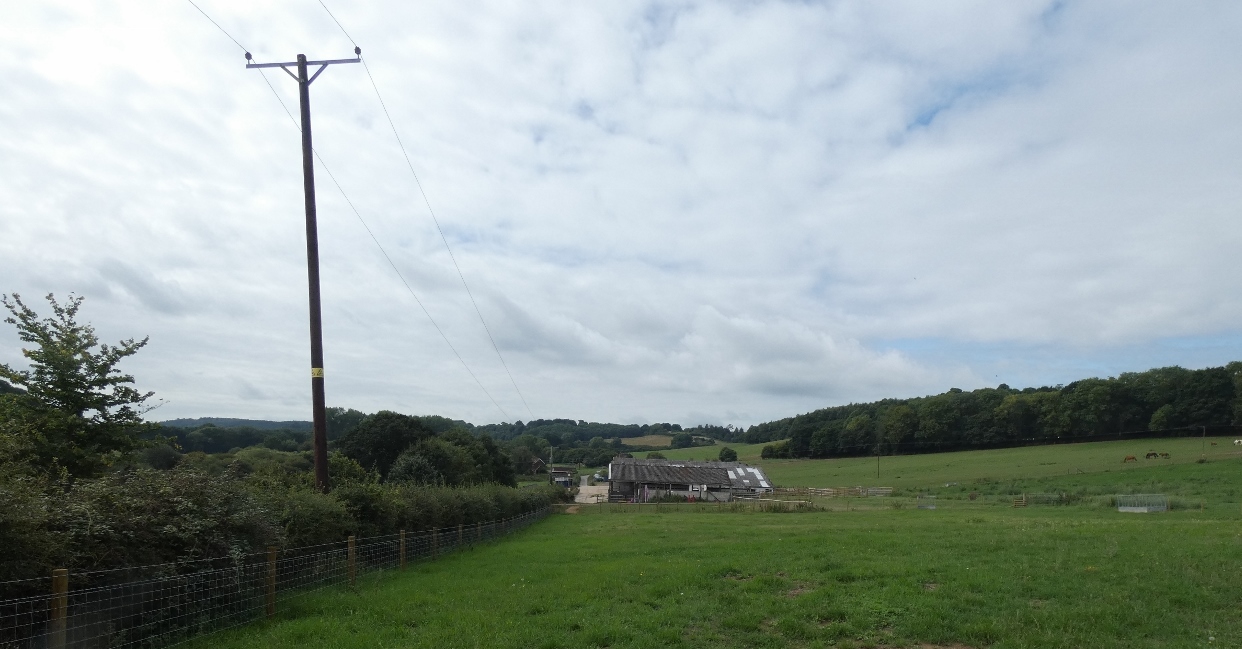




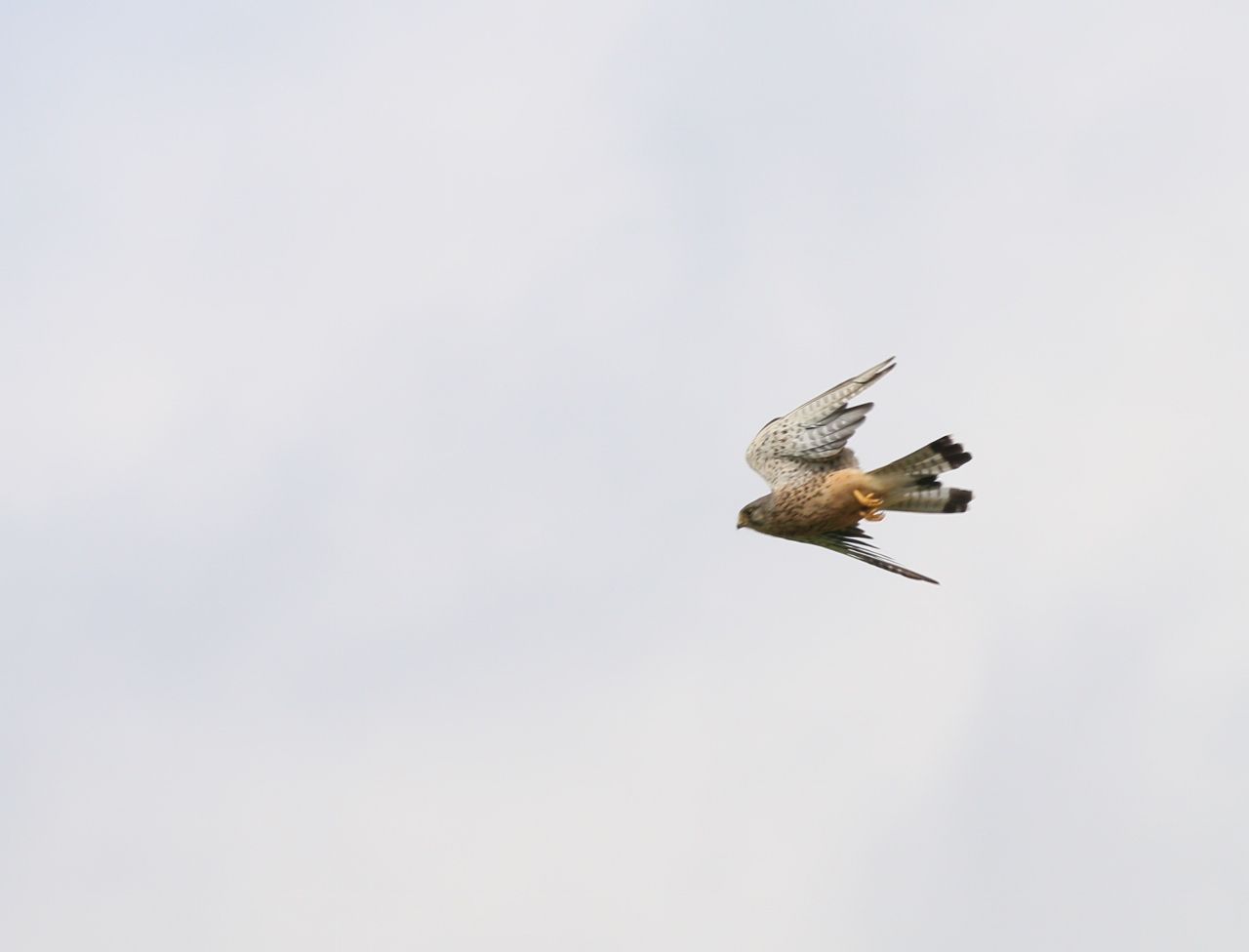

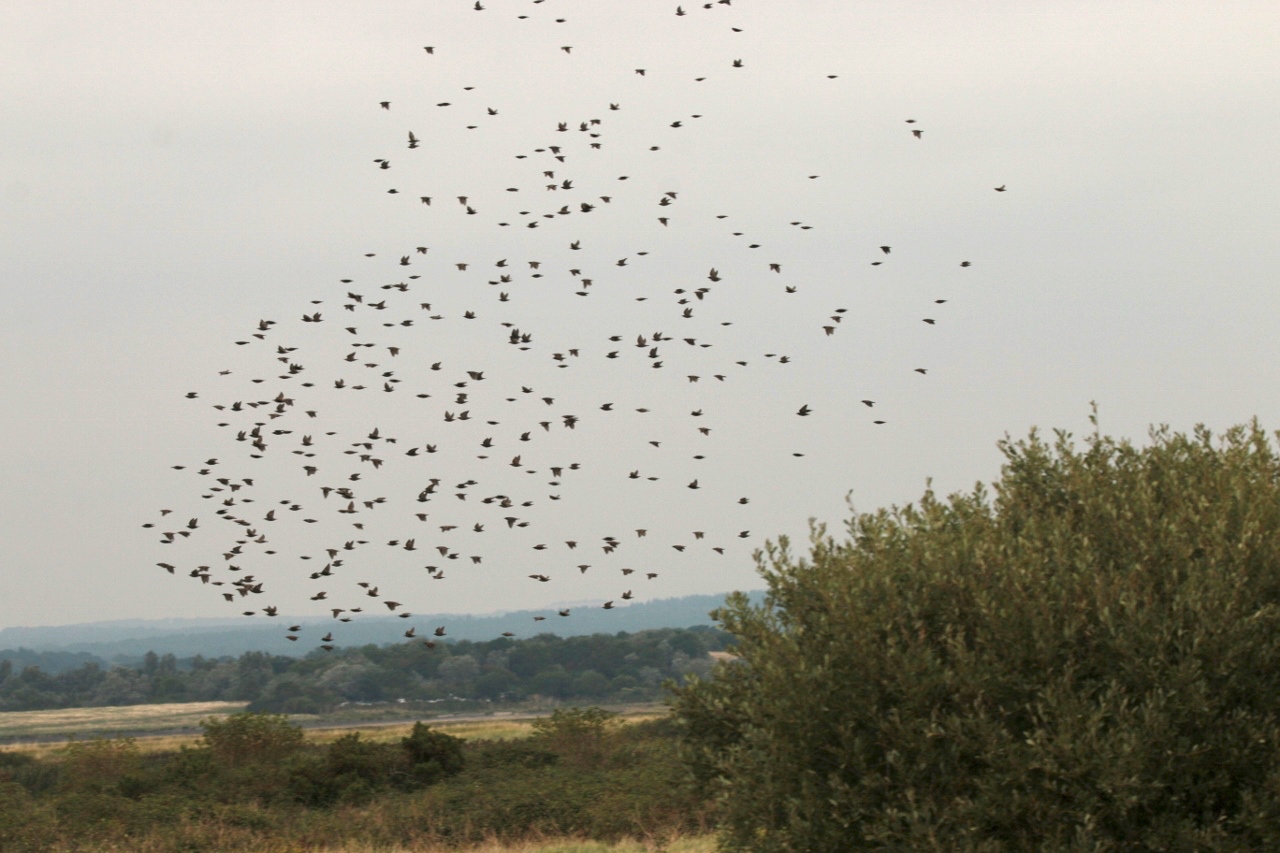



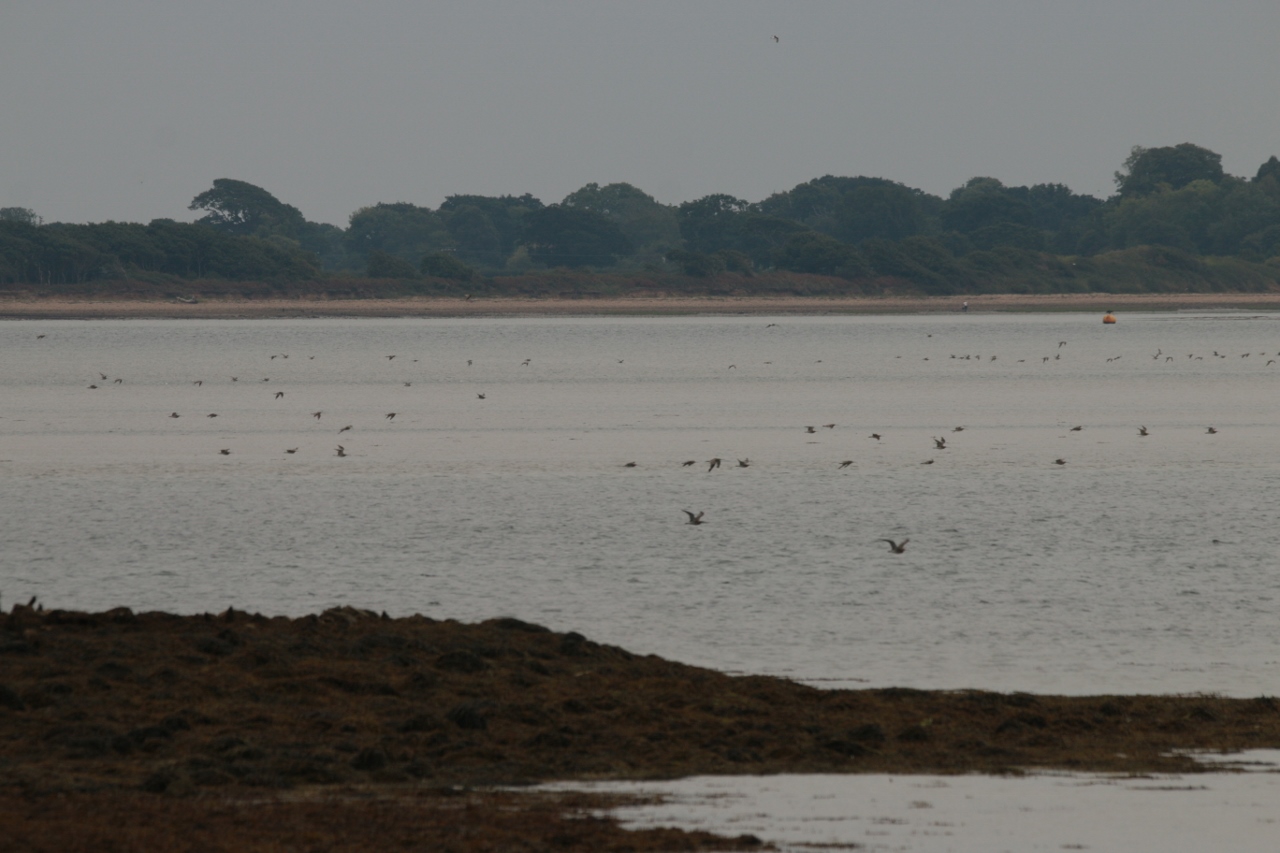


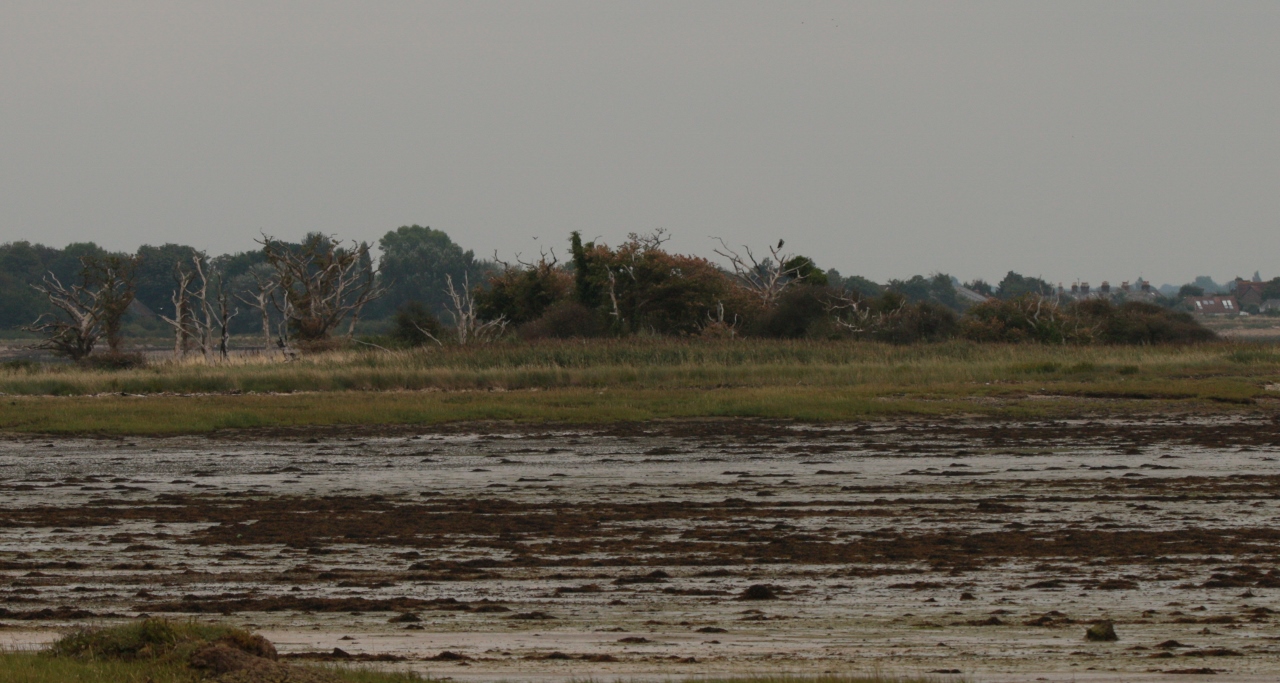
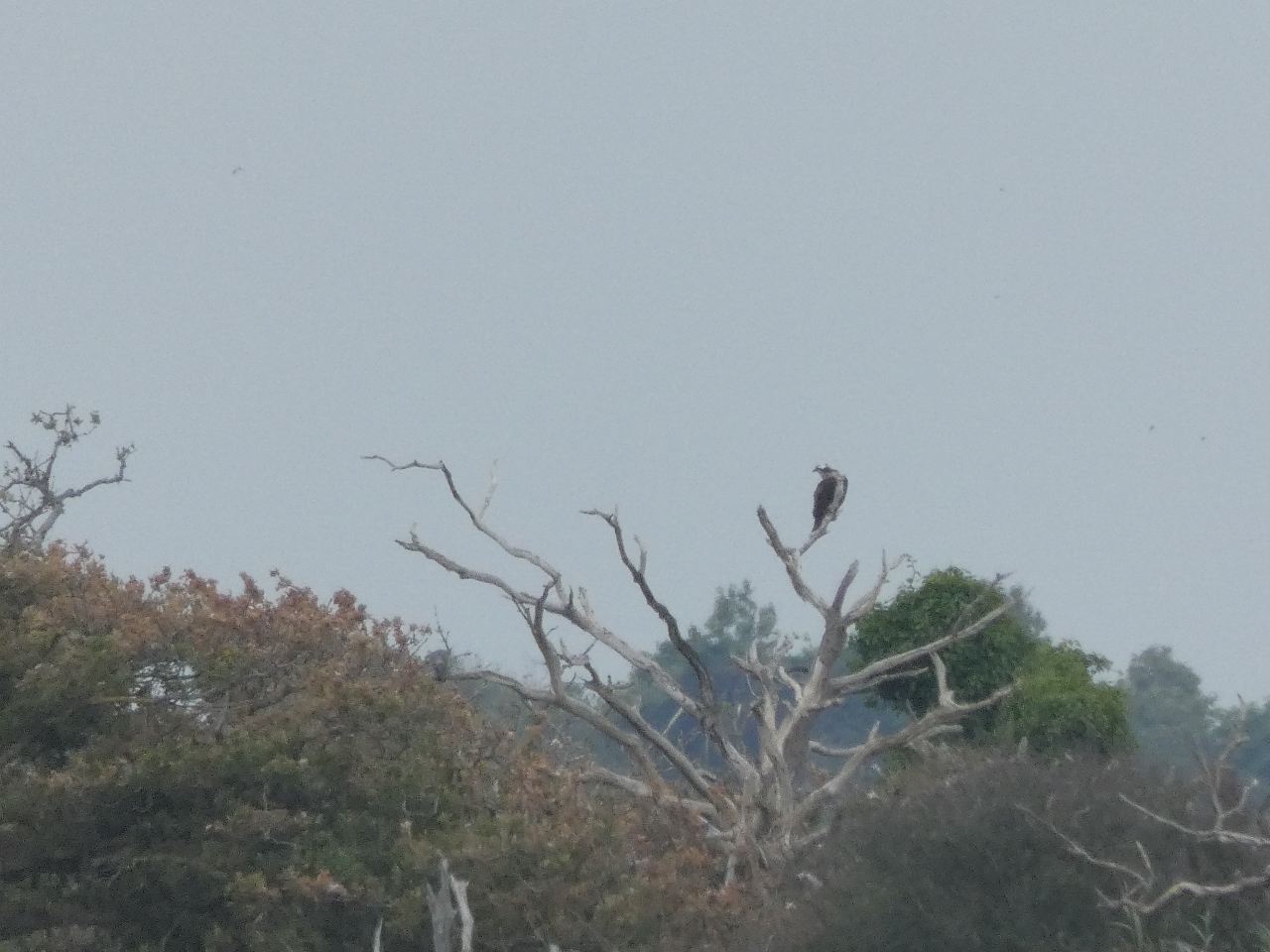

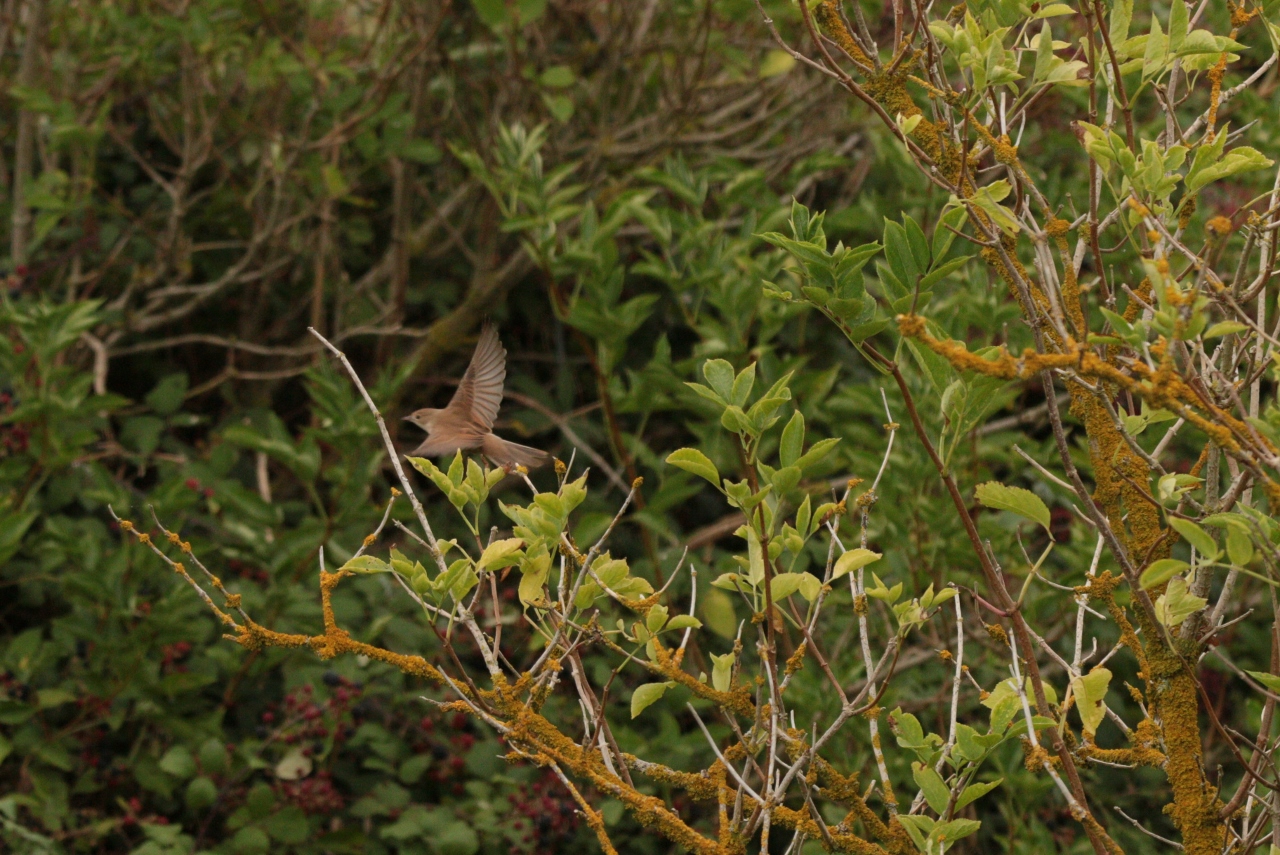
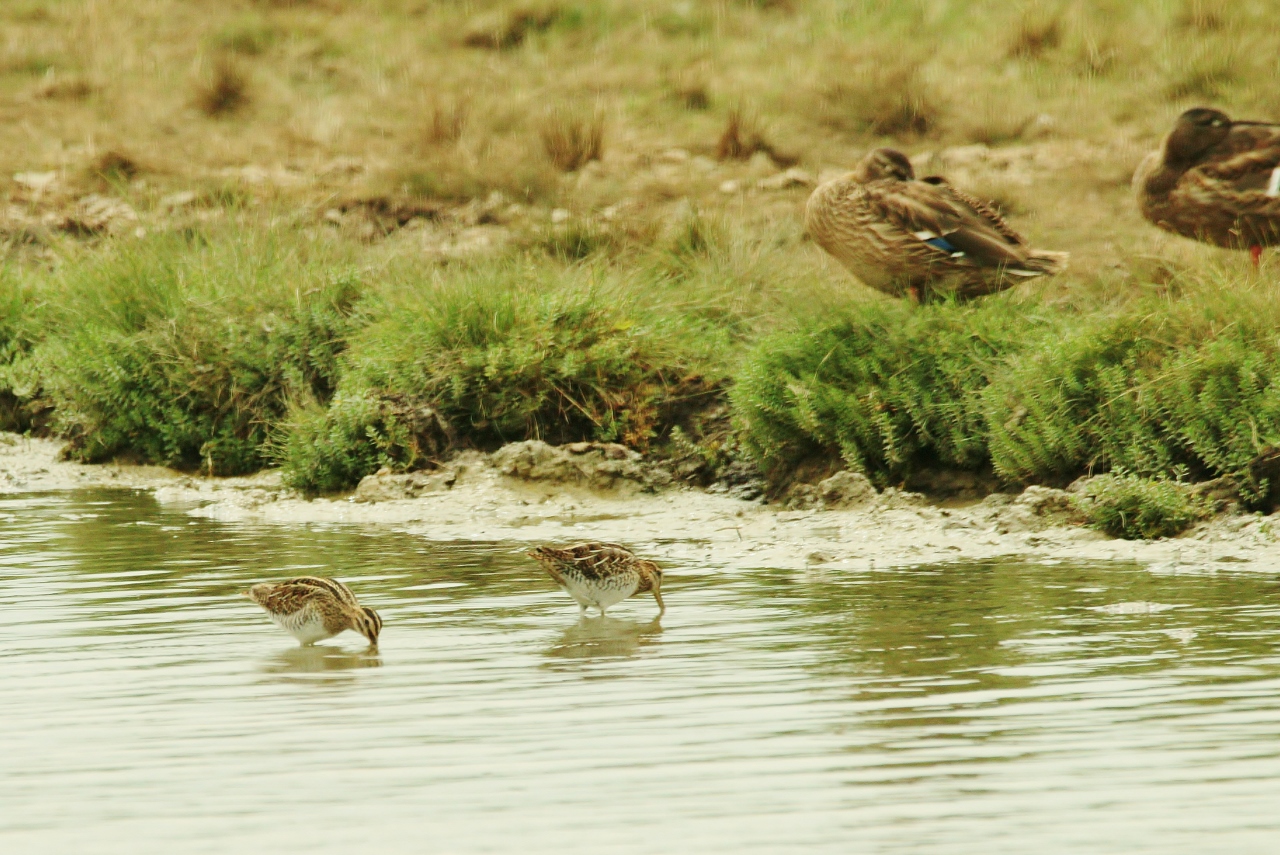


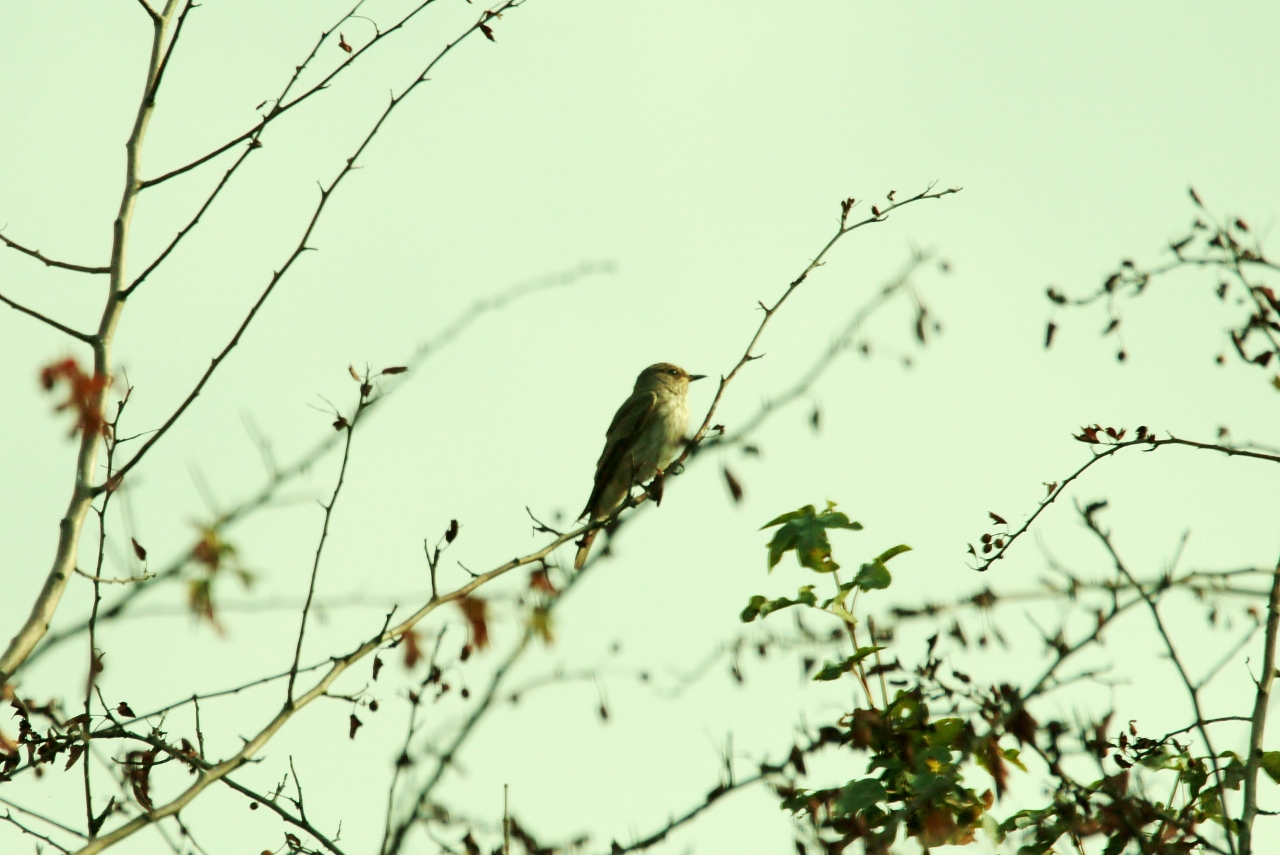


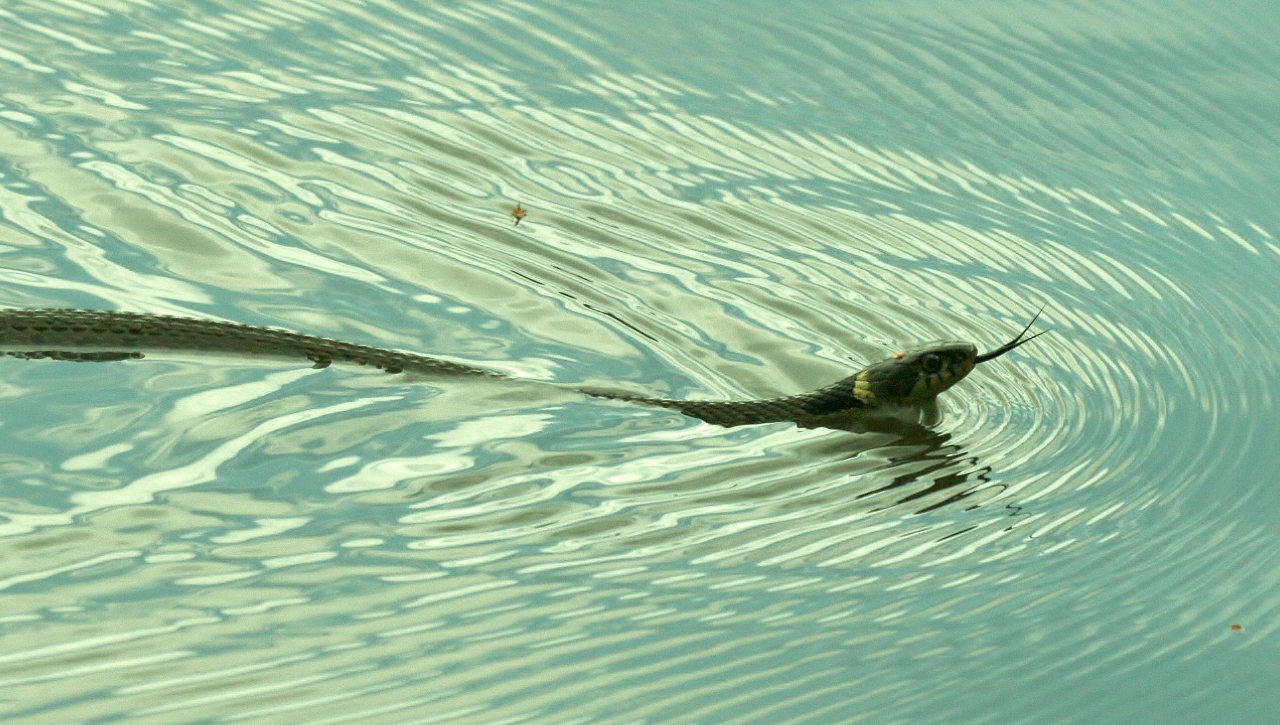


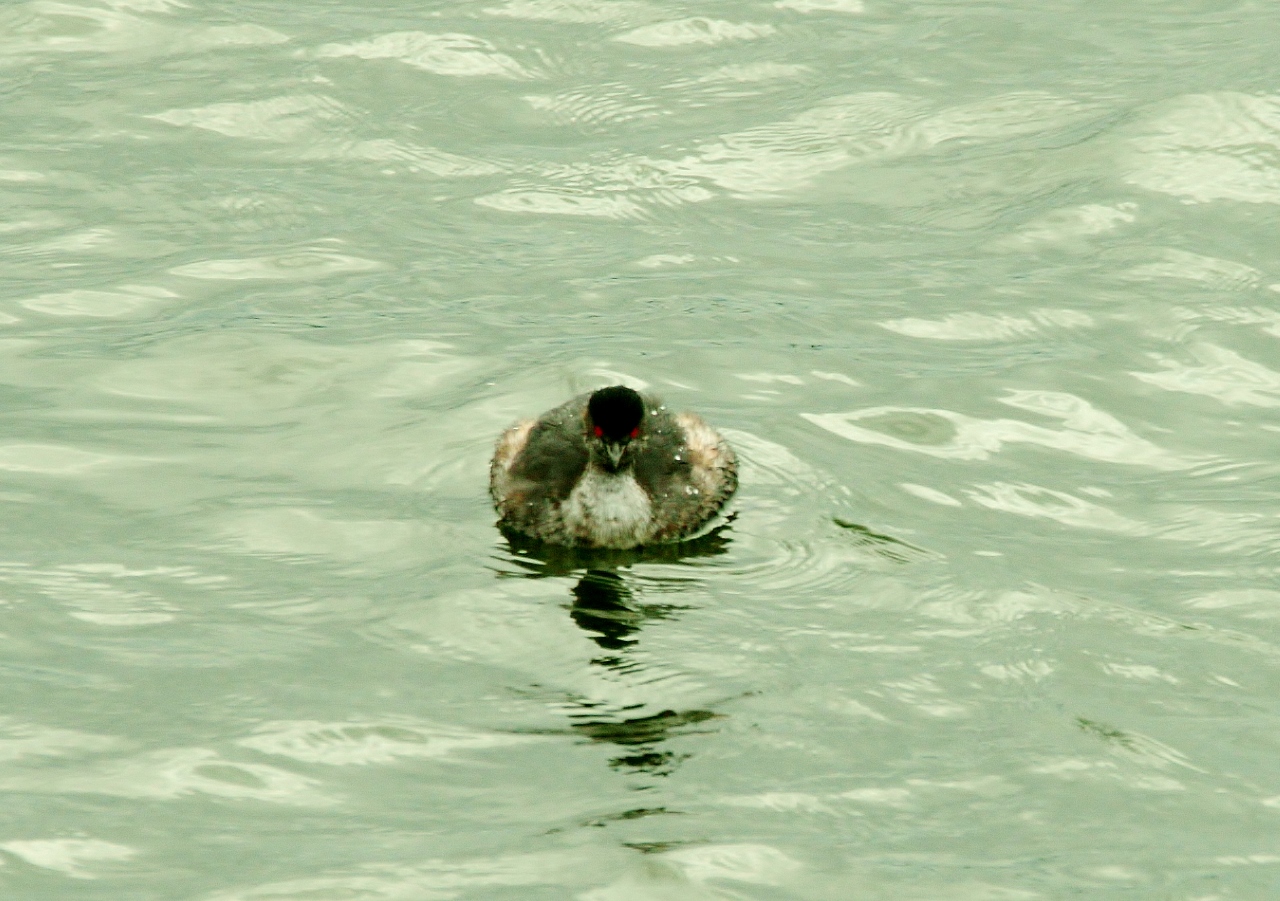
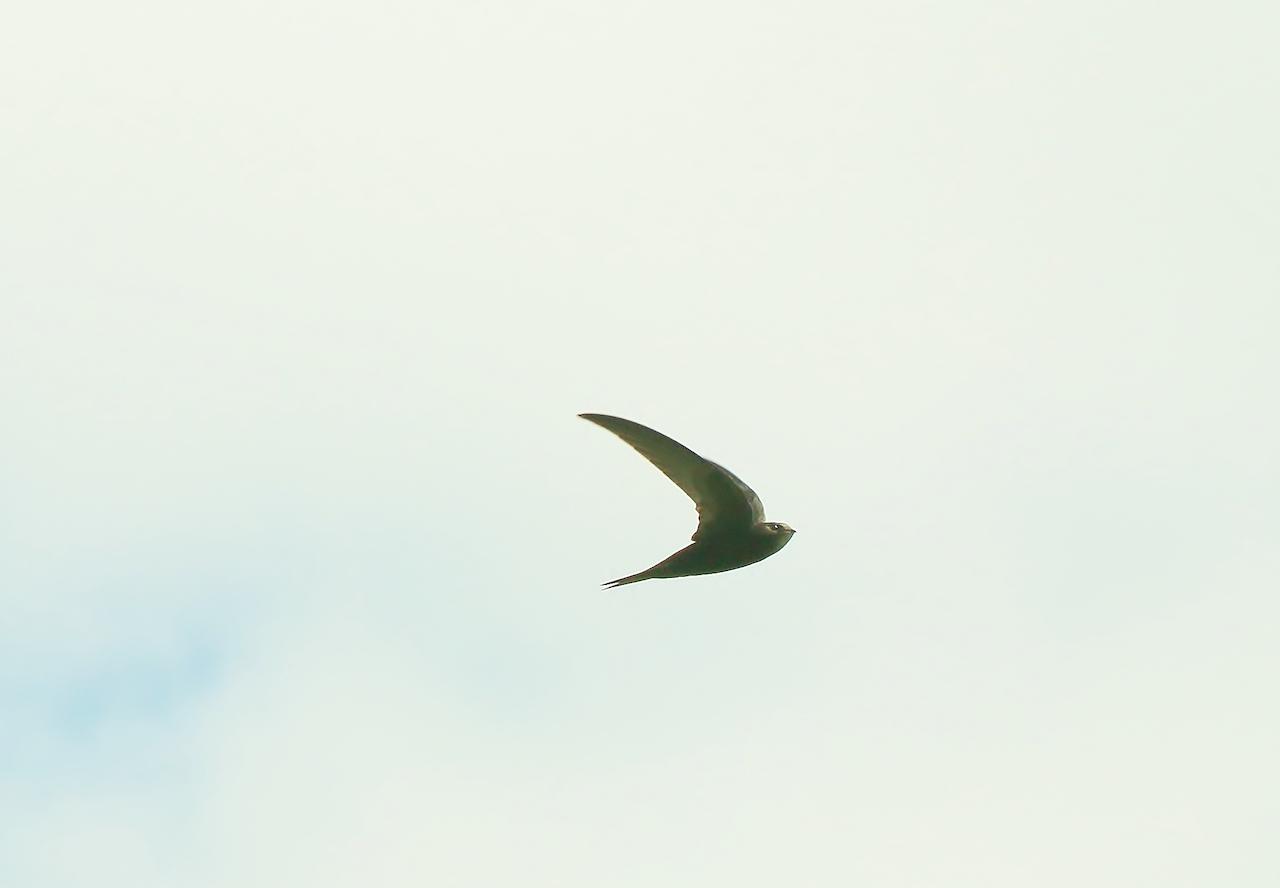
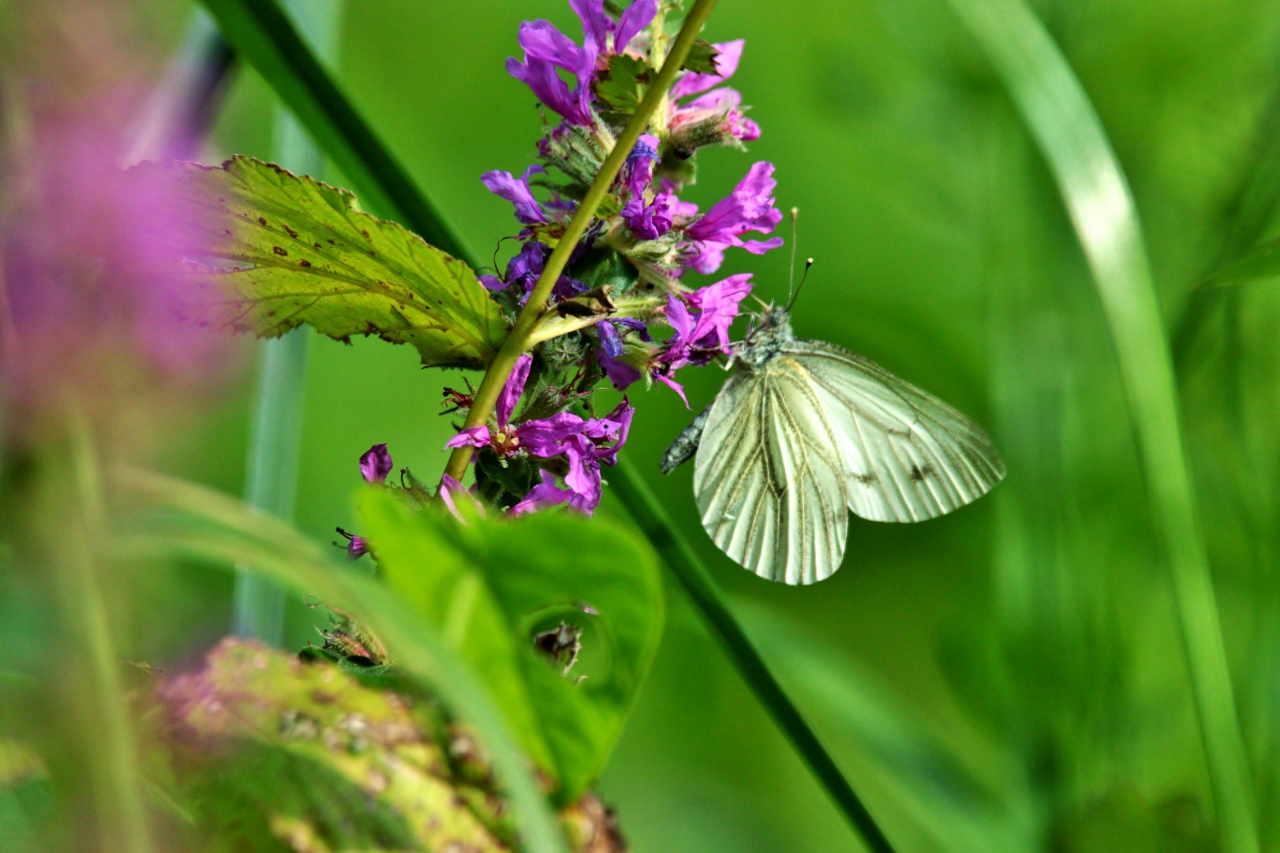



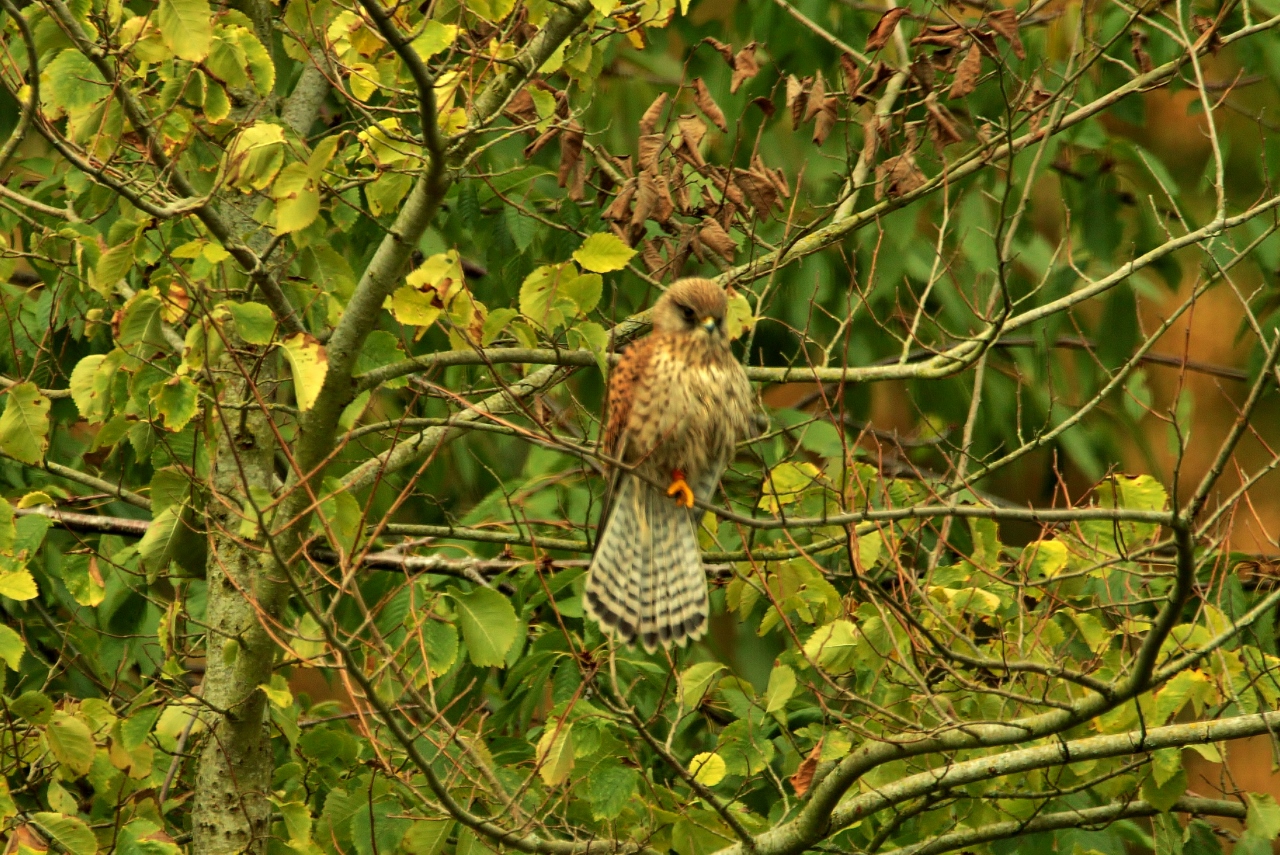

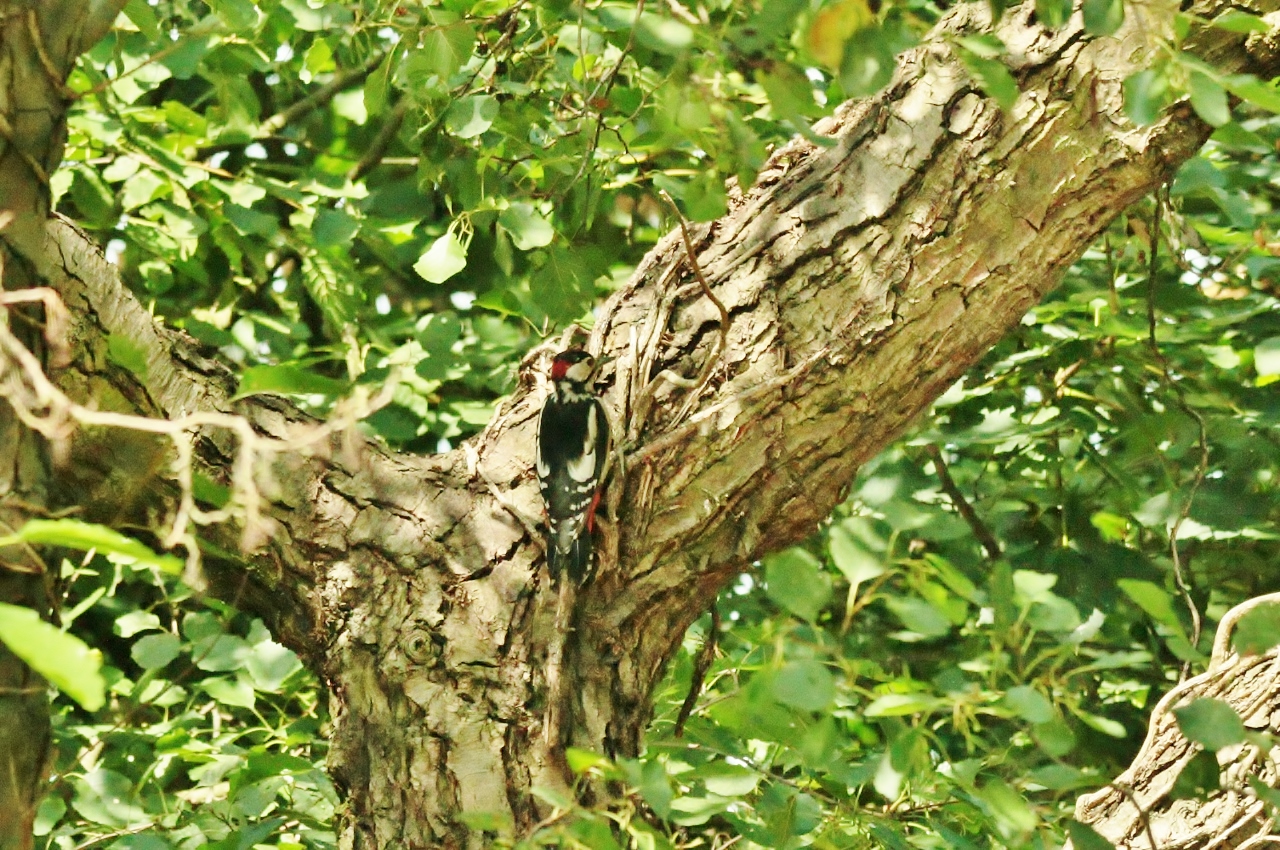
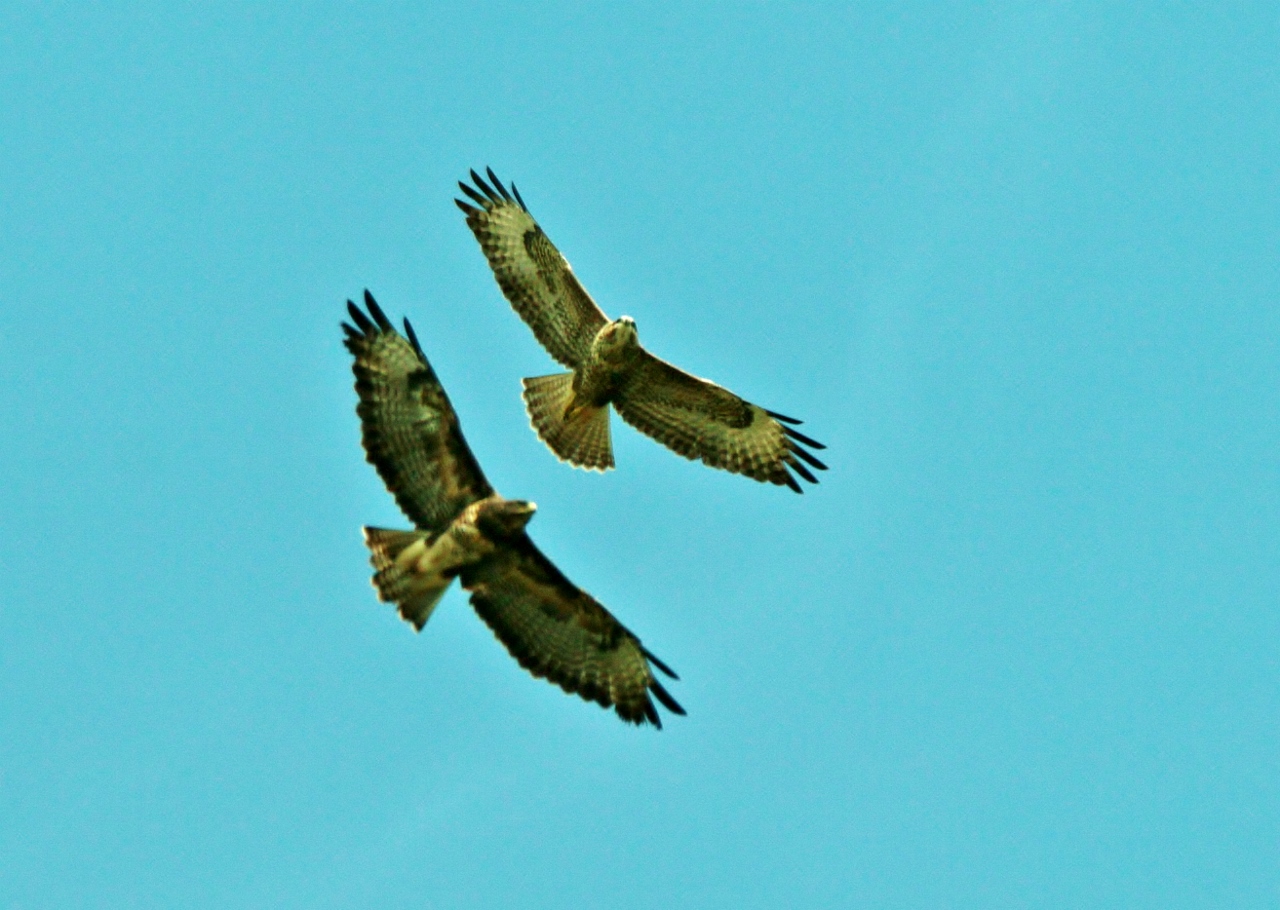
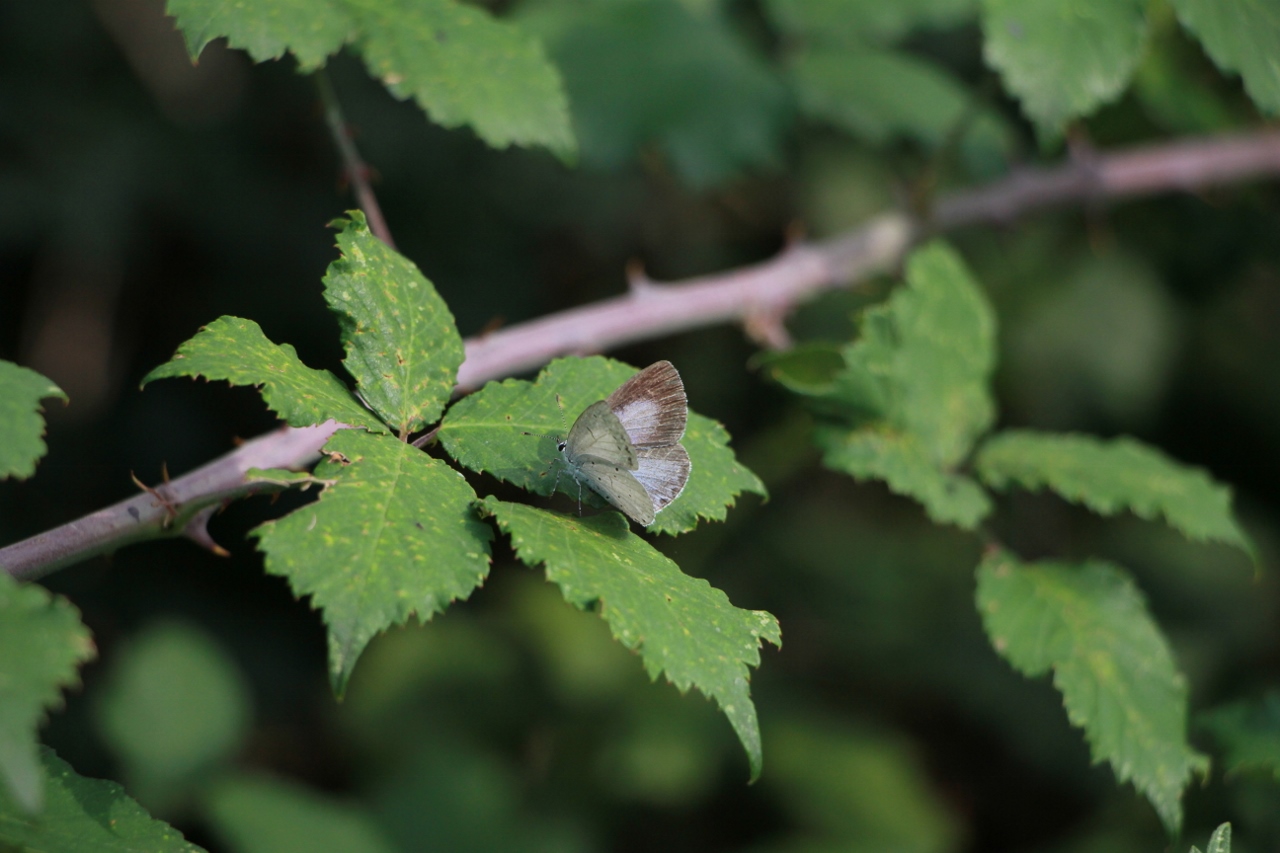
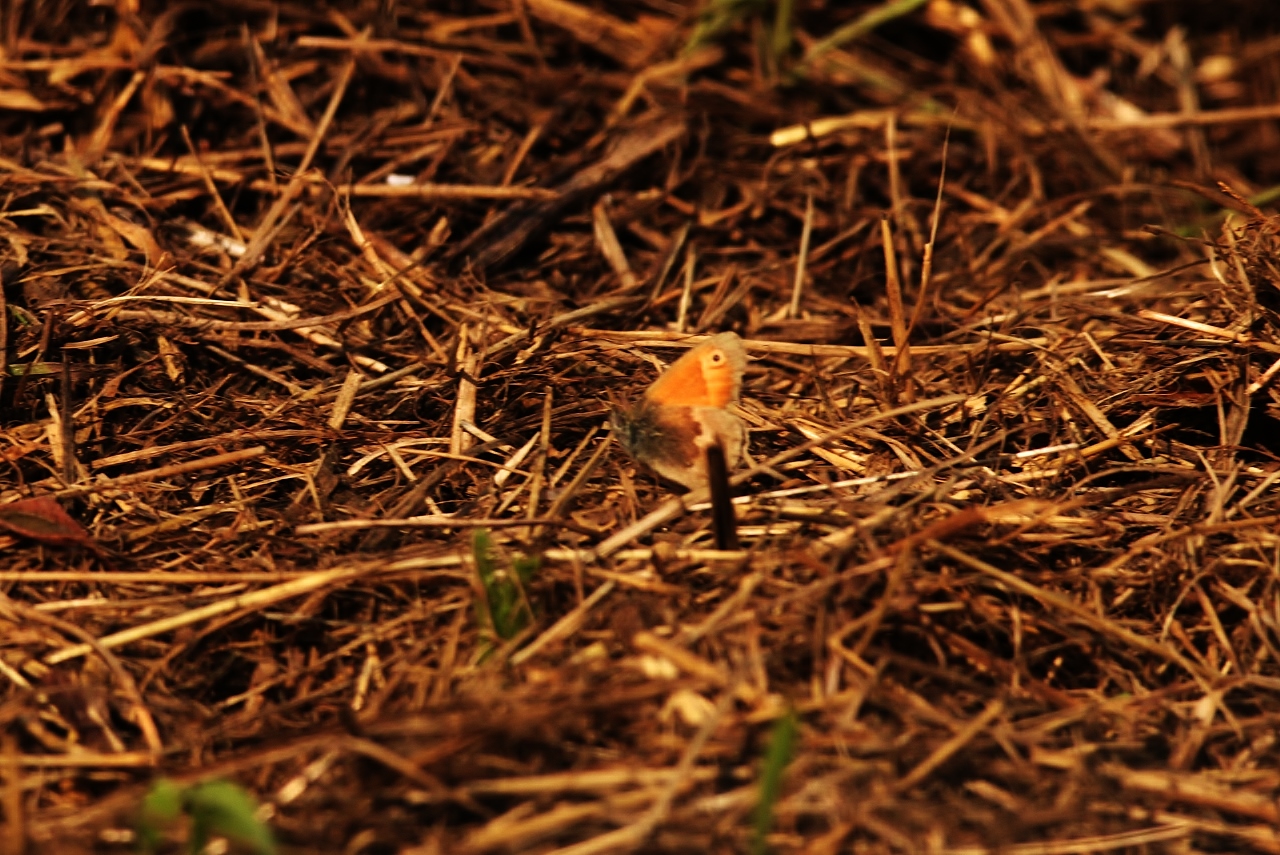

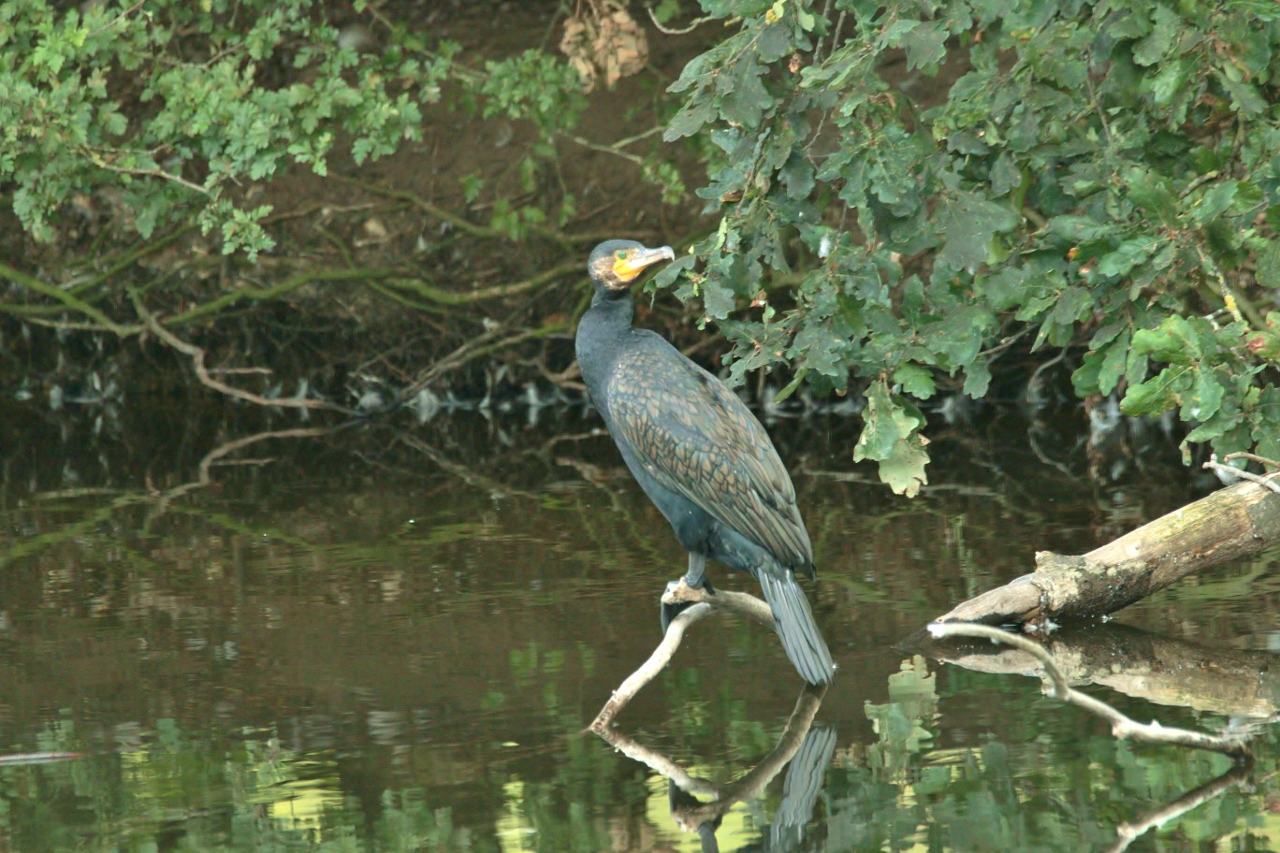
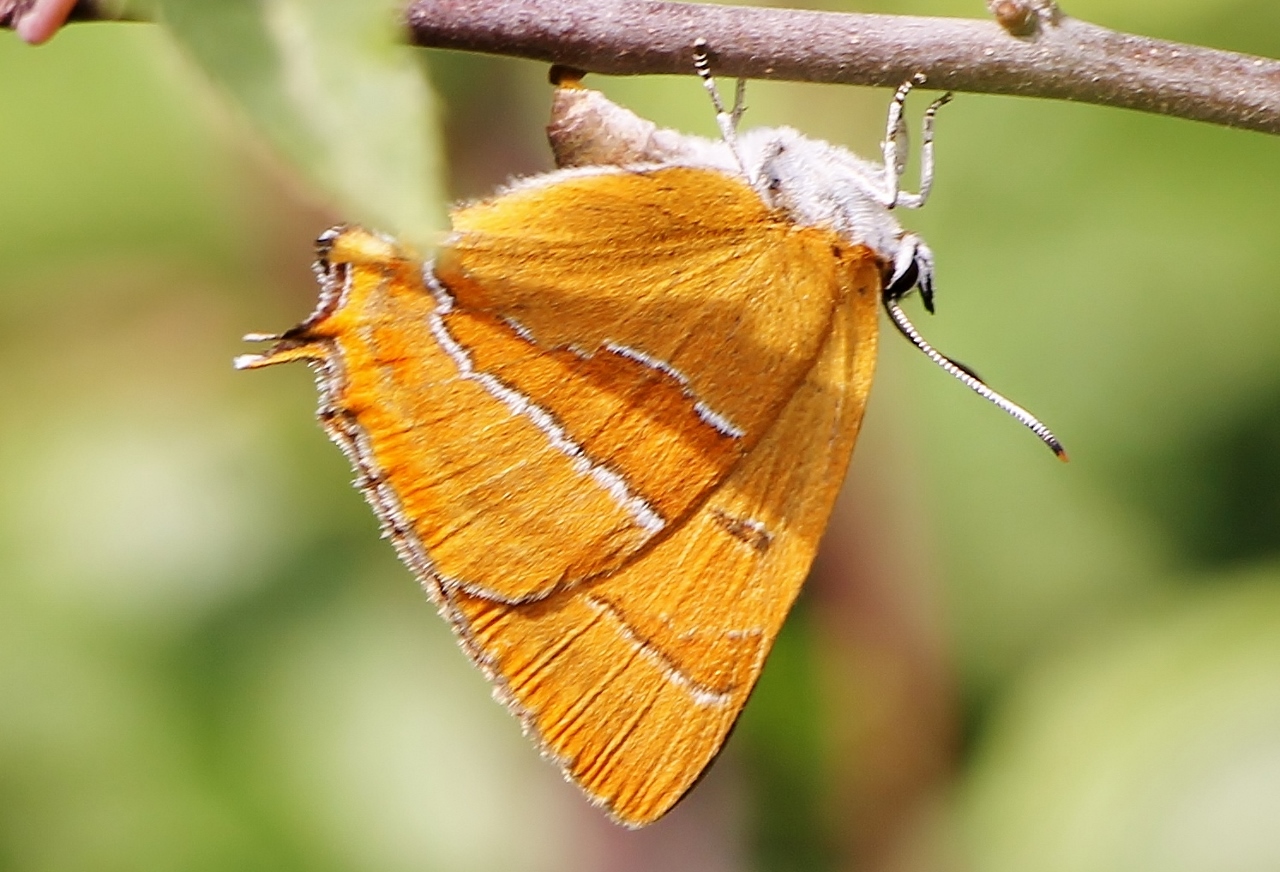






Recent Comments